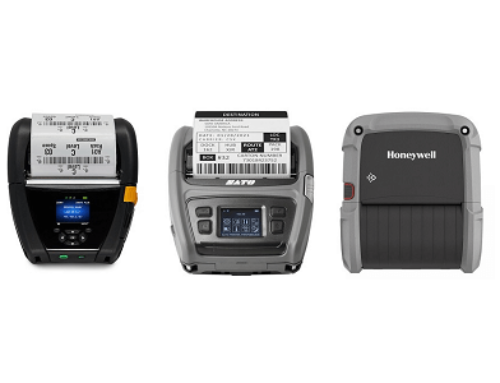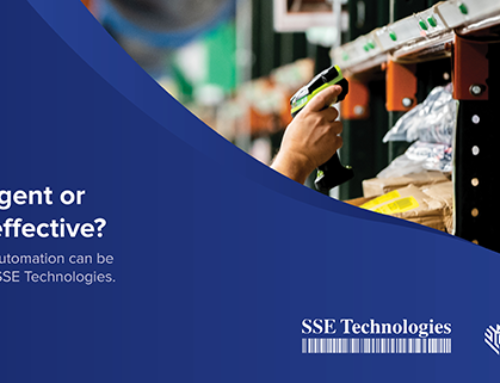Coming in at the heels of one of the most historic events in modern times, 2021 unveiled several challenges set to restructure modern supply chains. To keep productivity intact, manufacturers, warehouses, transportation teams, and retailers all had to navigate through:
- All-time high labor shortage rates with greater risks of turnover. Between scarce childcare options, longer shifts, and germ exposure, workers faced a wide range of challenges leading to higher turnover rates and labor shortages in virtually every industry.
- Supply chain breakdowns. From material shortages to understaffed delivery teams, out-of-stocks increased by 172% since October of 2021, resulting in delays, unsatisfied customers, and greater labor costs.
- In-store shopping with social distancing. As storefronts welcomed back shoppers, employee and customer safety became a leading concern. Preventing germ exposure required real-time technologies upholding dependable privacy settings.
- Adoption of 5G networks and preparation for WiFi 6E. New connectivity options now offer faster speeds at longer ranges, yet they may not be compatible with legacy devices, creating a new push for hardware modernization.
Previous challenges like the e-commerce surge, increasing fuel costs, and cybersecurity also continued to pressure supply chains to adapt. Fortunately, technology developers rose to meet challenges with new devices and software solutions. As we prepare to welcome the new year – and its challenges – it may be beneficial to keep an eye on the following technologies due to the prominent role they played this year in safeguarding smooth workflows.
- Hands-free scanning – Building efficiency on natural human movement, hand-free scanning proved beneficial in its pairing with wearable technologies such as head-mounted displays and wearable computers to lower onboarding time for new employees. Faster onboarding lowers the risk of high turnover while also diminishing training costs for faster profitability. For example, Zebra’s FulfillmentEdge solution combines several hands-free technologies to increase picking rates by 24% without overwhelming workers.
- Contact tracing embedded into handheld devices – Germ spread continues to be a concern for most industries despite medical advancements. Contact tracing systems like Zebra’s MotionWorks Proximity demonstrated quick adaptability and security in leveraging current deployed devices as markers for proximity events between employees. However, MotionWorks’ effective in-motion tracking can also be used for inventory and assets, empowering warehouses to safeguard worker safety along with greater inventory and asset control.
- Bluetooth tracking – New demands for cold storage tracking seemed to pose a challenge to sensitive RFID readers. While new RFID technologies are now available with metal compatibility, new Bluetooth sensors similar to Zebra’s Electronic Temperature Sensors provide real-time visibility and updates beyond the warehouse. This empowers easy traceability for sensitive inventory when it leaves an enclosed space.
- Flexible mobile computing – Mobile computers have held a long record of facilitating multiple workflows through one graspable interface, thus cutting labor costs. This year, mobile devices like rugged tablets began to also find their way onto forklifts and other machinery, bringing agile data accessibility to new workflows without additional training.
- Predictive analytics – Comprehensive data is the foundation for smarter decisions and actionable insight. That’s why systems like Visibility IQ will continue to play a key role in supply chains by effectively tracking assets to prevent surprise downtime and bottlenecks. From centralized mobile device management to on-the-spot troubleshooting, Visibility IQ gathers data of your devices’ performance to prepare your team for any surprises before they harm workflows.
- Robotics – Studies estimated that by 2025, over fifty thousand warehouses around the globe would be deploying robots in their daily operations. With labor shortages continuing to disrupt supply chains, autonomous mobile robots (AMRs) can be expected to keep growing in popularity since they decrease wasteful travel time within warehouses, freeing up workers to tackle more pressing tasks.
These are just some of the many technologies expected to make a key appearance next year, but given the sudden nature of past changes, it is safe to say there may be many more could be added to this list.
To learn more about how you can start modernizing your workflow with these technologies, or to discover more options, contact SSE Technologies for a comprehensive assessment of your current operations.






